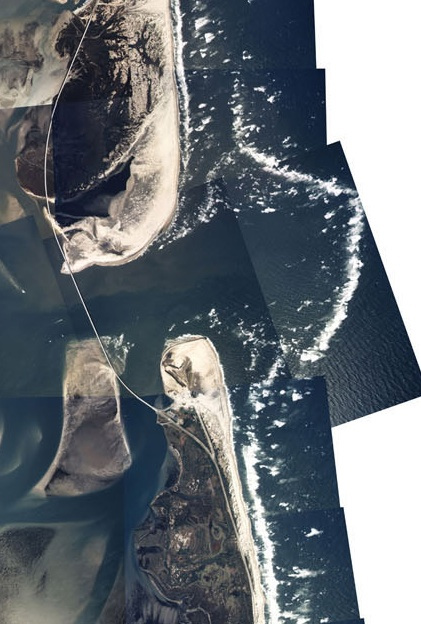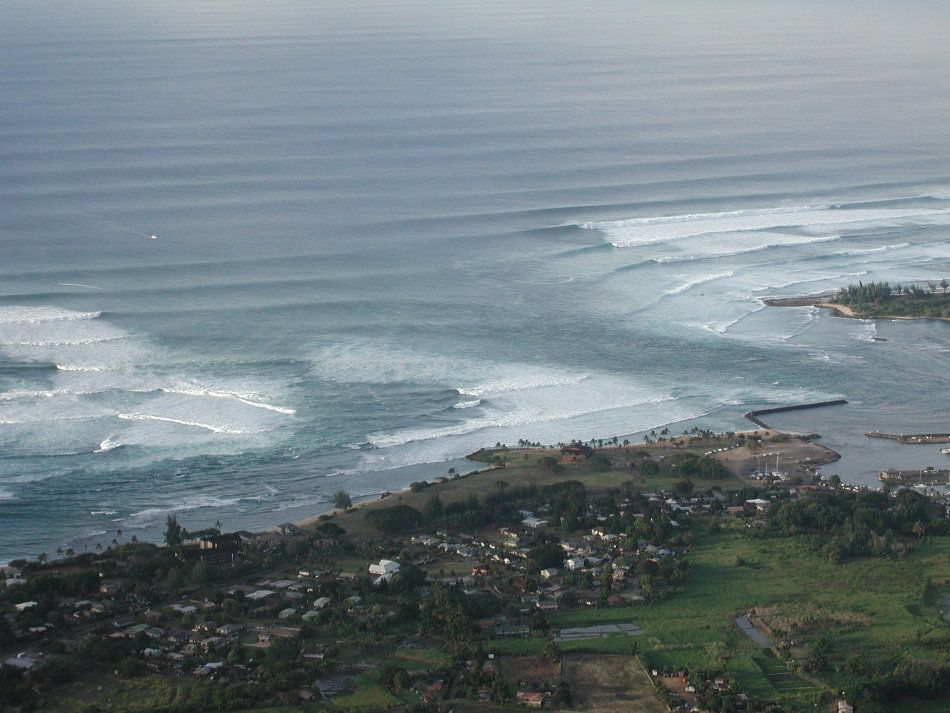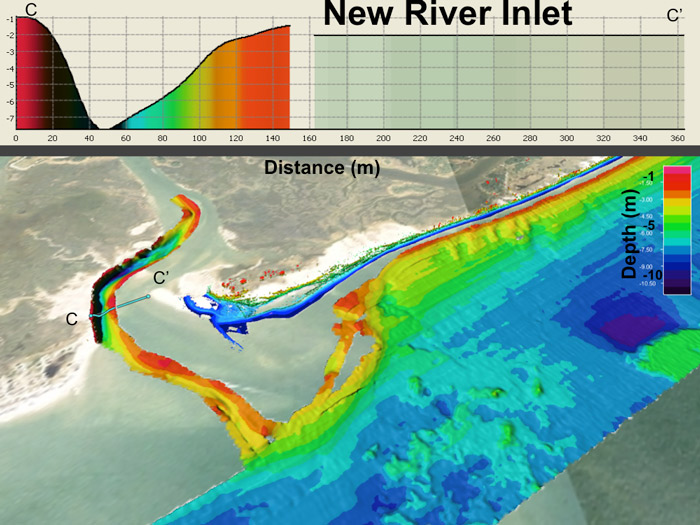Nearshore processes (waves, currents, sediment transport, and morphological evolution) in the presence of the strong flows near a river mouth or inlet.
Introduction
Inlets and rivers mouths are natural and tactical chokepoints that generate a rich variety of physical, sedimentological, optical, and biological phenomena. The “Inlet and River Mouth Dynamics” Departmental Research Initiative (DRI) will increase the Navy’s capability to navigate safely in such environments, and requires enhancing existing capabilities to predict sediment transport, waves, and currents, and the corresponding morphological evolution in riverine and tidally driven constricted flows.
Inlets and river flows self-generate the channel or channels through which they flow (unless engineered), often exhibit strong wave-current interactions, may generate bedforms that can be a significant fraction of the water depth, and can create fronts with distinct acoustical and optical signatures, among a broader set of characteristic phenomena. Understanding phenomena in constricted flows requires a dedicated effort to integrate field observations to test competing predictive models using a broad range of in situ and remote sensing assets. The DRI is a five-year basic research program starting in October 2009. The notional DRI schedule comprises an initial planning year and intensive field campaigns at to-be-determined sites in years two and four of the program.
Science Objectives
The long-terms goals are to improve understanding of, and to develop and test models for the processes near a river mouth or inlet, including:
- evolution of morphology, bathymetry, and bed roughness,
- wave-current interactions in constricted flows,
- wave evolution and breaking near strong currents,
- circulation patterns, and
- tracer dispersion.
Additional objectives include development and testing of:
- techniques to remotely sense waves, currents, bathymetry
- lagrangian drifters and unmanned vehicles, and
- assimilation of observations into predictive models.
Field Site
The first observational program will be conducted at New River Inlet, North Carolina.
Data Download
Please fill out the below form to access data files.
Funded by



